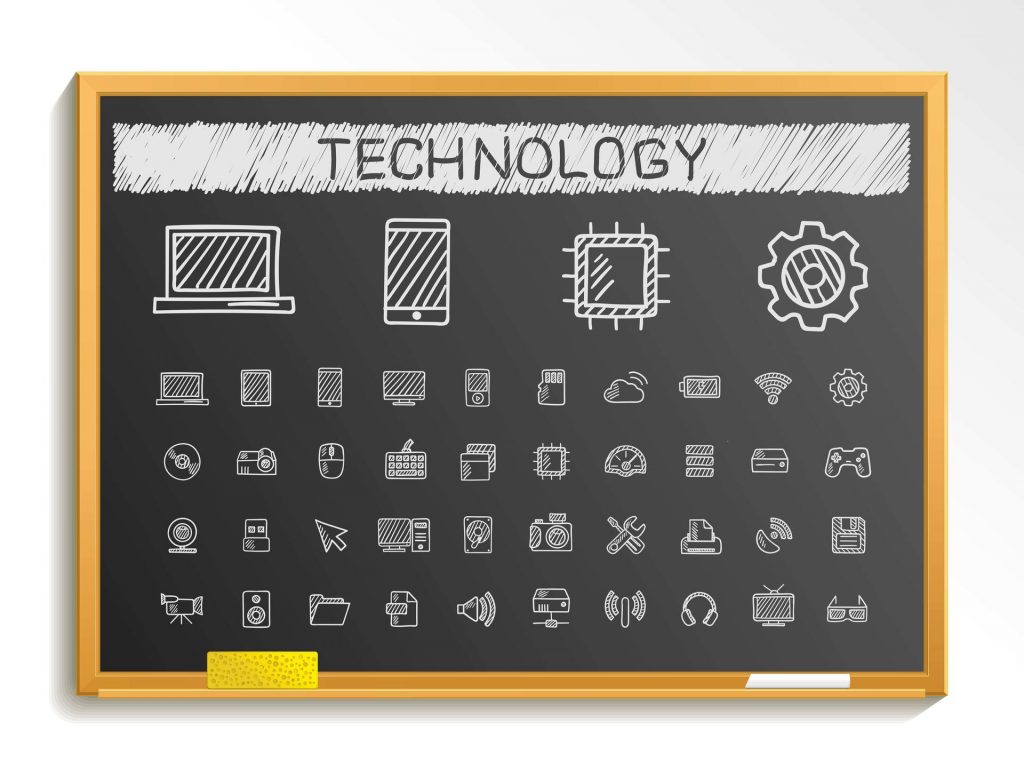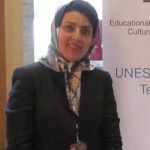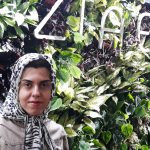ABSTRACT
Social and technological evolutions are forcing changes in education worldwide. An important guide for such changes is the sustainable development goals (SDGs) adopted by the United Nations. SDG 17 calls for partnerships built on shared vision and goals. In this study, statistics reveal the need, in adult education, for more strategic transversal skills, such as communication, interaction, networking, global international communication, and social participation skills, rather than formal instruction. A case study is presented illustrating a real example of how a tripartite collaboration between schools, institutions, and enterprises can work to engage students around the SDGs. The project was a virtual reality exploration of the planet Mars, in which young adult students at risk of exclusion were engaged to collaborate, solve problems, and work toward gender equality. The authors correlate the case study activities to several learning taxonomies and propose the basis of an action-oriented framework for developing a smart pedagogy of digital transformation.
Keywords
Smart pedagogy, Adult education, Sustainable development, Lifelong learning, Education technology, Artificial intelligence, Virtual reality, Serious games
Introduction
Clearly, we are in a period of significant educational change. The social and technological evolution of this second decade of the 21st century is obliging us to re-examine our understanding of learning and to modify our teaching processes accordingly. For the first time, we have access to a large body of analytics data that can actually give us a concrete measure of where we are succeeding, and where we need improvement. The advent of artificial intelligence (AI) as an educational tool will provide us with much faster feedback than we have ever had before, but it will also render the data we use much more complex. It will also provide the possibility of a very fine-grained level of personalization, in both the learning offer provided to students and the feedback data received by educators. As an example, AI-driven facial recognition software is already being used in schools, both for security (Tate, 2019) and to monitor student engagement (Krithika & Lakshmi Priya, 2016).
The ubiquitous availability of information using Internet search engines has already begun changing the role of teachers from the source of subject matter information to guide and facilitator through the complex maze of today’s information-rich and technologically complex world. A valuable model to help teachers with this daunting responsibility is the set of 17 sustainable development goals (SDG’s) for 2030 adopted by the United Nations (United Nations, 2015). SDG 4 focuses on quality education, but to achieve this quality, it is necessary to teach about all the other SDGs.
In May 2019 the authors had the opportunity to present this study at the Spring Conference of the Association for Teacher Education in Europe (ATEE) in Riga. The data and reflections included here are the result of their previous research, and call upon a case study on Catalan education (Spain). The project in the study was designed to detect educational needs among youngsters and illustrate how to respond to those needs, via a tripartite partnership between schools, institutions, and private enterprise (SDG 17) to foster the educational objectives of SDG 4 and all the other SDG’s.
Future Challenges
Throwing technology at educational processes will not give us a pedagogy that can claim to be “smart.” If we aren’t capable of coupling higher-level thinking, serious analysis, and value-oriented actions to it, we’ll just have a proliferation of means without meaning.
The technologies that define the fourth industrial revolution, especially artificial intelligence, are so powerful that their deployment at great scale automatically implies equally great social and economic changes. As educators, we have a responsibility to help our students understand the role of these technologies, how they fit into a changing world, and their use for achieving the greater good.
This means that to identify truly transformative digital learning goals, we must be ready to face questions of cognitive bias in AI algorithms. For example, how should we intervene in an unjust algorithm? If it used statistical analysis to decide who would be a successful coder, an AI agent would most likely never pick a woman, because of the gender biases that exist today. This would not be the desired outcome for SDG 5’s aim of gender equality. Can we develop both algorithms and human methodologies for the detection and verification of fake news? The processes inside deep learning algorithms are invisible, even for the programmers who created them. Can we instruct an algorithm to reveal its processes, so that we can maintain traceability, and through it, accountability?
Our facilitating processes must help us to personalize teaching and learning without isolating students in a solitary digital bubble. If an algorithm is constantly encouraging a student to work on problem areas, might it not miss an opportunity to facilitate the student’s work in areas of strength and ability? We human educators must ensure that over automation does not lead to systemic damage, simply because no one questioned the decisions of an AI agent.
One of our greatest challenges, then, will be to offer students the wealth of potential empowerment that AI represents and at the same time help them develop the critical thinking that will allow them to remain vigilant on questions of human-machine collaboration, the balance between personalization and community needs and values, or responsibility issues.
Above all, it is important that the use of these technologies, in education as in other aspects of professional and personal life, be imbued with a humanistic, ethical purpose, connected to notions of sustainable development at individual and collective levels.
A smart pedagogy for the digital age is one with head in the sky, and feet on the ground. It’s a pedagogy that helps students acquire the skills they need to thrive in 21st-century society, regardless of what professions or interests they pursue. And it’s a pedagogy that adapts to new relationships between humans and machines in a way that reminds us of our own best qualities and encourages us to realize our greatest human potentials.
About KSRA
The Kavian Scientific Research Association (KSRA) is a non-profit research organization to provide research / educational services in December 2013. The members of the community had formed a virtual group on the Viber social network. The core of the Kavian Scientific Association was formed with these members as founders. These individuals, led by Professor Siavosh Kaviani, decided to launch a scientific / research association with an emphasis on education.
KSRA research association, as a non-profit research firm, is committed to providing research services in the field of knowledge. The main beneficiaries of this association are public or private knowledge-based companies, students, researchers, researchers, professors, universities, and industrial and semi-industrial centers around the world.
Our main services Based on Education for all Spectrum people in the world. We want to make an integration between researches and educations. We believe education is the main right of Human beings. So our services should be concentrated on inclusive education.
The KSRA team partners with local under-served communities around the world to improve the access to and quality of knowledge based on education, amplify and augment learning programs where they exist, and create new opportunities for e-learning where traditional education systems are lacking or non-existent.
FULL Paper PDF file:
INTEGRATING EDUCATION, TECHNOLOGY, AND SDG’S: A THREE-PRONGED COLLABORATIONBibliography
author
Year
2019
Title
INTEGRATING EDUCATION, TECHNOLOGY, AND SDG’S: A THREE-PRONGED COLLABORATION
Publish in
Innovations, Technologies and Research in Education
Doi
PDF reference and original file: Click here
Nasim Gazerani was born in 1983 in Arak. She holds a Master's degree in Software Engineering from UM University of Malaysia.
- Nasim Gazeranihttps://ksra.fr/author/nasim/
- Nasim Gazeranihttps://ksra.fr/author/nasim/
- Nasim Gazeranihttps://ksra.fr/author/nasim/
- Nasim Gazeranihttps://ksra.fr/author/nasim/
Professor Siavosh Kaviani was born in 1961 in Tehran. He had a professorship. He holds a Ph.D. in Software Engineering from the QL University of Software Development Methodology and an honorary Ph.D. from the University of Chelsea.
- siavosh kavianihttps://ksra.fr/author/ksadmin/
- siavosh kavianihttps://ksra.fr/author/ksadmin/
- siavosh kavianihttps://ksra.fr/author/ksadmin/
- siavosh kavianihttps://ksra.fr/author/ksadmin/
Maryam kakaei was born in 1984 in Arak. She holds a Master's degree in Software Engineering from Azad University of Arak.
- Maryam Kakaiehttps://ksra.fr/author/maryam/
- Maryam Kakaiehttps://ksra.fr/author/maryam/
- Maryam Kakaiehttps://ksra.fr/author/maryam/
- Maryam Kakaiehttps://ksra.fr/author/maryam/
Somayeh Nosrati was born in 1982 in Tehran. She holds a Master's degree in artificial intelligence from Khatam University of Tehran.
- Somayeh Nosratihttps://ksra.fr/author/somayeh/
- Somayeh Nosratihttps://ksra.fr/author/somayeh/
- Somayeh Nosratihttps://ksra.fr/author/somayeh/
- Somayeh Nosratihttps://ksra.fr/author/somayeh/






